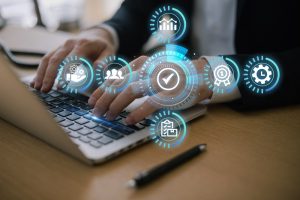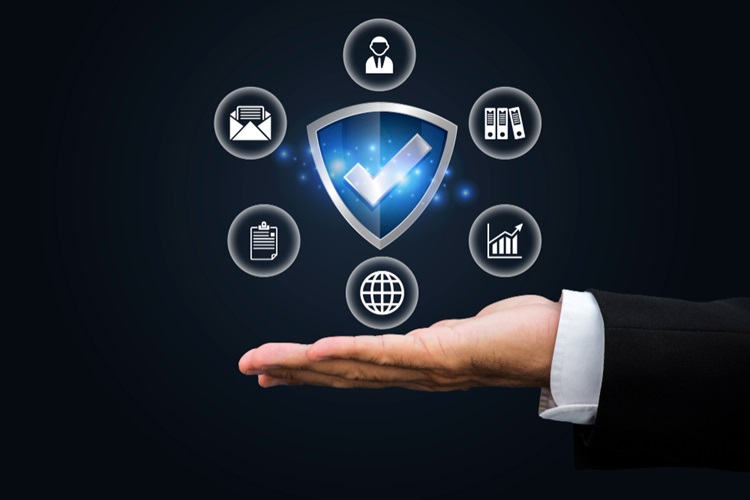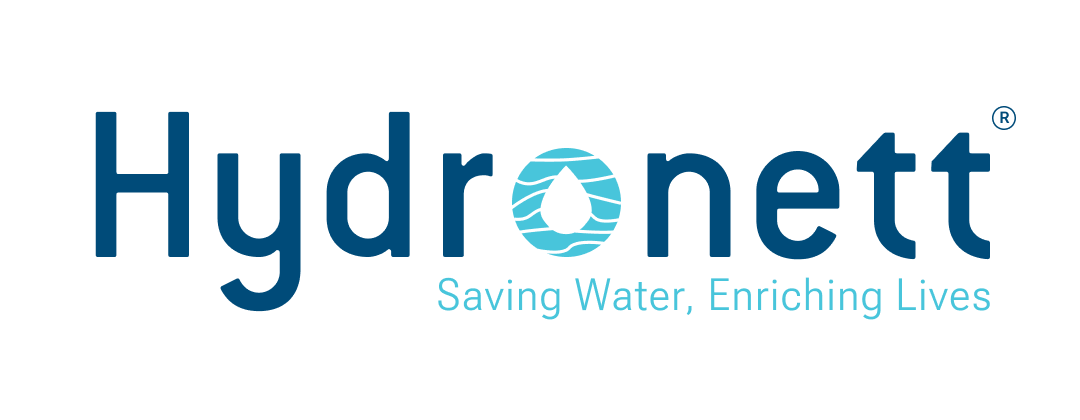Device Management
- Data and Control communication over secure protocol layers
- Over The Air Firmware updates possible
- Bi-directional control by enabling updates to key parameters
IT Solution Standards
- Software solution and communication architecture adherent to open standards
- Supports variety of communication & networking technologies for automated data collection like LoRa, Cellular, WiFi, etc.
- Supports manual data collection using HHUs
- Multiple user languages supported by the software

Data Management
- Device-based Local storage for temporary access and Cloud based storage for long-term access
- Can support bi-directional data flow and consider the same for billing as well
- Ready fit and compatibility for industry standards like DLMS / OMS along with ability to customize head-end systems
Device management is a critical component of the Internet of Things (IoT) ecosystem, as it involves the monitoring, configuration, and maintenance of IoT devices throughout their lifecycle. A robust device management system in IoT helps ensure the reliable and secure operation of a vast network of connected devices. Here are the key aspects of a device management system in IoT.
Device Onboarding and Provisioning:
- Enrollment: Devices are registered and authenticated onto the IoT platform during the onboarding process.
- Identity Management: Assign unique identities to each device for secure communication.
- Certificate Management: Provision digital certificates or credentials to establish secure connections.

Configuration Management
Over-the-Air (OTA) Updates: Remotely configure device settings, update firmware, and apply security patches.
Policy Management: Define and enforce policies related to data transmission, access control, and device behavior.
Remote Device Configuration: Adjust device parameters and settings remotely based on changing requirements.
Monitoring and Diagnostics
Health Monitoring: Continuously monitor device health, including battery status, connectivity, and performance.
Real-Time Data: Collect data on device status, errors, and operational metrics.
Alerts and Notifications: Trigger alerts for abnormal behavior, anomalies, or security threats.
Diagnostics and Troubleshooting: Gather diagnostic information to aid in issue resolution.

Security Management:

Access Control:
Manage access permissions and roles for users, devices, and applications.
Security Policies:
Enforce security policies, including encryption, authentication, and authorization.
Device Decommissioning:
Securely decommission devices and revoke access when necessary.
Firmware
Inventory
Scalability
Data Management
Software Updates
Asset Management
Load Balancing
Data Analytics

Compliance and Regulation
Device Retirement and End-of-Life Management
User Interfaces and APIs
Multi-Tenancy Support
Support multi-tenancy, allowing different organizations or users to manage their own set of devices within the same IoT infrastructure.
A well-designed device management system is essential for maintaining the reliability, security, and efficiency of IoT deployments. It ensures that devices are properly configured, up-to-date, and operate seamlessly throughout their lifecycle while minimizing downtime and security risks.
Troubleshooting
- Device diagnostics help technicians and users pinpoint issues, enabling them to take appropriate actions, such as repairing or replacing faulty components, updating drivers, or resolving software conflicts.
- Data Recovery: In cases of hardware or storage failure, diagnostics can assess the feasibility of data recovery and determine whether data is retrievable.
- Preventive Maintenance: Regular diagnostic checks can help identify potential problems before they lead to major failures, allowing for preventive maintenance and extending the device's lifespan.
- Remote Diagnostics: Some devices and systems support remote diagnostics, where technicians can analyze and resolve issues remotely, reducing downtime and the need for physical service calls.
- Environmental Sensors: In industrial settings or data centers, environmental sensors can be part of diagnostics, monitoring factors like temperature, humidity, and air quality to ensure optimal operating conditions.
- Device diagnostics are essential for maintaining the reliability and performance of electronic devices. They are particularly valuable in corporate IT environments, manufacturing, healthcare, and any industry where downtime and equipment failures can have significant consequences.


